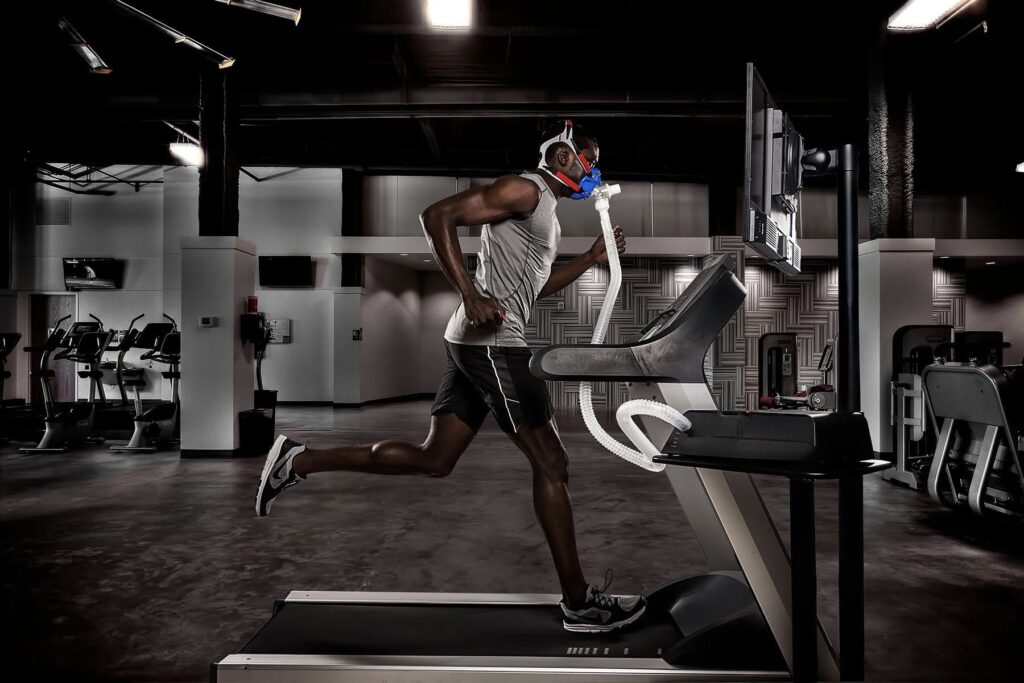VO₂ max, also known as maximal oxygen uptake, is a crucial indicator of your overall fitness level. It measures the maximum amount of oxygen that your body can utilize during intense physical activity, reflecting your endurance and cardiovascular health. Achieving a higher VO₂ max can lead to improved fitness and well-being.
Measuring VO₂ max is typically done in a lab setting using specialized equipment to monitor oxygen consumption. However, there are alternative methods to estimate your VO₂ max without a formal test. Fitness assessments like the Cooper 1.5-mile run or the multistage bleep test can provide a rough idea of your VO₂ max. Additionally, some wearable fitness devices can calculate VO₂ max based on heart rate and exercise intensity.
The ideal VO₂ max score varies based on factors such as age, gender, and fitness level. While elite athletes may have scores in the 60s or 70s (measured in mL/kg/min), the average person should aim for a score within the “good” range relative to their demographic. Higher VO₂ max scores generally indicate better aerobic fitness and a lower risk of heart disease.
To improve your VO₂ max, incorporating a mix of high-intensity interval training (HIIT) and steady-state cardio is recommended. HIIT workouts involve alternating between short bursts of intense activity and recovery periods, which can significantly enhance oxygen uptake. Engaging in various cardiovascular exercises like swimming, running, and rowing can challenge different muscle groups and energy systems, leading to overall fitness improvements.
Training at high altitudes can also boost oxygen efficiency, potentially enhancing your VO₂ max when you return to sea level. Consistently working on increasing your VO₂ max can result in better endurance, reduced fatigue, and overall improved health and longevity. Research suggests that maintaining good cardiovascular fitness through activities that elevate VO₂ max can lower the risk of chronic diseases and promote overall well-being.
Monitoring your VO₂ max progress can serve as a valuable tool for tracking your fitness journey and setting new goals. Whether you’re an athlete training for a competition or simply aiming to enhance your daily energy levels, focusing on improving your VO₂ max can benefit your health and performance in the long run.

